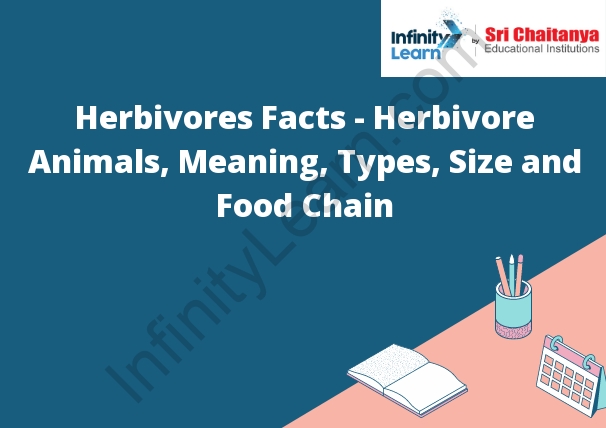Table of Contents
Herbivore Animals
Herbivores are animals that primarily eat plants. They have adapted to a diet of mostly or exclusively plant material, and lack the sharp teeth and claws of carnivores. The most common herbivores are ungulates, or hoofed animals, such as deer, cows, and sheep. Herbivores have a number of adaptations that allow them to extract nutrients from plant material. Their digestive system is specially adapted to break down cellulose, the main component of plants. They also have a gut flora, or a population of bacteria, that helps them digest plant material. Their teeth are also adapted to chewing plants, and they usually have a longer intestines than carnivores, which allows them to extract more nutrients from plant material.

Examples of Herbivores Animals
Herbivores are animals that primarily eat plants. They have a digestive system that breaks down plant matter into nutrients that the animal can use. Some common herbivores include cows, deer, rabbits, and gorillas.
What is a Herbivore?
A herbivore is an animal that eats only plants.
Herbivore Meaning
Herbivore is an animal that subsists on a diet of plants. They may eat the entire plant, including the roots, or they may selectively eat the leaves, flowers, or fruit.
Types of Herbivores Animals
that feed on plants are called herbivores. There are many different types of herbivores, including:
-Carnivores: Animals that feed on other animals.
-Omnivores: Animals that feed on both plants and animals.
-Herbivores: Animals that feed on plants.
-Detritivores: Animals that feed on dead plant and animal material.
Size of Herbivores
Herbivores come in all shapes and sizes, from tiny shrews to large bison. The size of an herbivore is largely determined by the type of plant material it eats. For example, a plant that is high in fiber and low in sugar will require a larger animal to consume enough energy to sustain itself. Conversely, a plant that is high in sugar will be more easily digestible and can be consumed by a smaller animal.
Herbivorous Animals and Their Food Chain
Herbivorous animals are animals that primarily eat plants. They are a vital part of the food chain, as they provide an important source of food for predators.
The food chain starts with the plants, which are eaten by the herbivores. The herbivores are then eaten by the predators, which are in turn eaten by the top predators. This chain of consumption keeps the ecosystem in balance, as the predators help to keep the population of herbivores under control.









